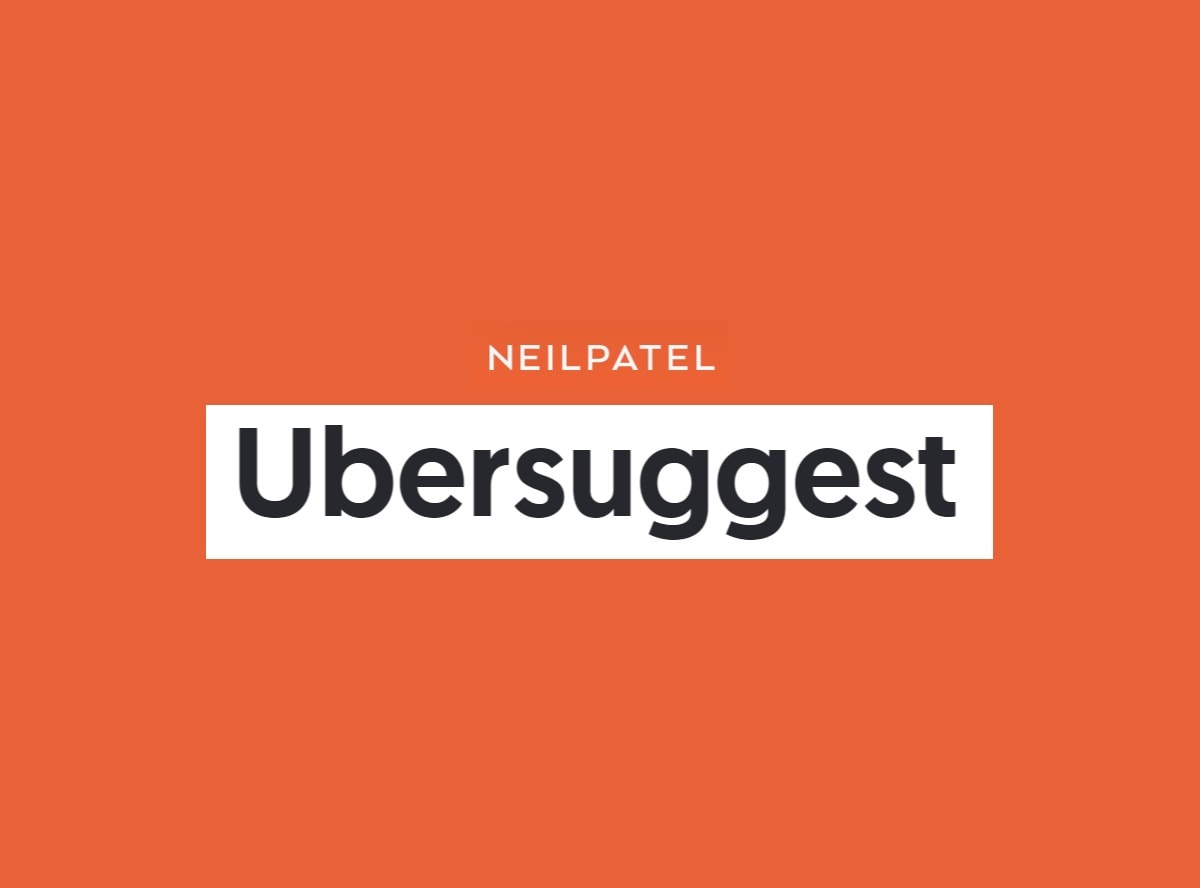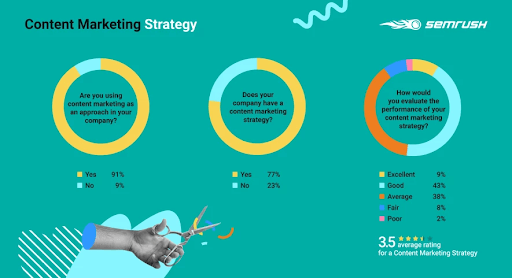
One Google ranking factor will not make or break your SEO. SEO-friendly websites should be a blend of your technical, onpage, and page efforts. This will make the search engine results more relevant. Here's a breakdown on Google ranking criteria. These are guidelines to help you optimize your website for search engines. Also, learn how to optimize your page for each Google ranking factor. This will ensure that you website is optimized for search engines of all kinds.
Category page
Google's page category is an important ranking factor. John Mueller, Google's senior analyst for webmaster trends, mentioned this when discussing its 2020 algorithm. Essentially, the ideal site structure is one that helps crawlers move from page to page. A flat structure can hinder crawlability. The page categories help search engines to categorize pages. A deeper site structure supports crawlability.
Jill Kocher Brown believes that the internal linking structure within a category page could increase SEO rankings. Google rewards sites with authoritative, quality content. These sites are also more likely to be visited for longer periods of time. Additionally, category pages allow website visitors to navigate the site more efficiently and find relevant information much faster. The research was presented to the SMX West 2020 SEO event. You can use the Google Search Console to determine which pages have high-quality internal links.
Inbound links

SEO has always valued inbound links. Since Google introduced the PageRank algorithm in 2005, the ranking of your site has been affected by the prominence of the websites linking to it. But, inbound link counts can vary for every term. Quantity is just as important as quality. Google's algorithm has undergone several changes since the days of PageRank. To understand what inbound links are, consider the following questions.
Blogs with excellent content naturally generate inbound links. If a blog post has high quality content and is directly related to your industry it will be linked to from other websites. A blog can also be a social platform. It should link to other blogs to increase the number of inbound links. It's also a good idea include social-sharing buttons (such as "TweetThis") that encourage readers and friends to share your content.
Bounce rate
Google considers Bounce Rate a ranking factor. Bounce Rate is a measure of the time spent by a user on your site. A high bounce ratio means that your content does not have relevance and will cause users leave your website. You want to rank highly in search engines for the keywords you're trying to target. Your bounce rate should not be high. Your SEO strategy may need to be rethought if the bounce rate is high.
The bounce rate is a measure of content engagement. A high bouncerate means that people aren’t finding what they need and you may need to improve the content or user experience. Additionally, a high bounce rate generally means that you are missing out on conversion opportunities. Analyzing your bounce rates can help you to identify areas where you can improve the navigation, call-to action placement, content quality, and overall site functionality.
Mobile-friendliness

Google's new ranking factor mobile-friendliness will be affecting search results starting in May. Google has not yet disclosed how this new ranking component will impact your website. Google Webmaster Tools is a great way to start improving your site's mobile-friendliness. You can use the "mobile-friendly test" to find out if your site's mobile-friendly.
Google will show mobile-friendly websites in their search results. Your website will be viewed by many users. You'll also be able maximize your visibility in search engines. If your website is not mobile-friendly, it will be difficult to rank high in search results. This can take several years so make the necessary adjustments now.
FAQ
How can I get more Facebook traffic?
Facebook has many different ways you can increase traffic to your site. One of the best ways is to use Facebook ads. You can target specific audiences with Facebook ads based on their interests, location, and demographics. You can also set a daily budget to see which posts are performing well.
Why do I need an SEO strategy
An SEO strategy will ensure that you don't miss any opportunities to grow your company. When ranking higher in search results, there's no point in having great content if nobody ever finds it!
An effective SEO strategy will help you establish relationships with industry experts and influencers. With their knowledge and connections, you can learn new tricks and techniques to get ahead of your competitors.
What are different SEO strategies?
Different SEO strategies can be used, including search engine optimization (SEO), paid-per-click (PPC), and social media optimization.
SEO is the process of optimizing content for keywords using text formatting, HTML codes, and other features.
This makes your site appear higher on search results pages.
Social media optimization is the process of optimizing your website so that it can be used on social networks, such as Twitter, Facebook, or Google+.
These online assets help to establish your brand reputation, which makes it more attractive for visitors searching for related topics.
PPC ads can also be found at the top of search results pages. They show relevant products, and services.
Google paid search is the most used PPC ad type. These ads are expensive but extremely effective.
There are many other types of PPC advertising, including video ads, display ads and sponsored posts.
Why use social media marketing?
Social media marketing is an excellent way to reach new customers or build relationships with your existing customers. It's easy to build a community around your company by posting interesting articles, engaging with others through comments or likes, and creating a buzz about it. It makes it easier to find potential customers online.
How Can I Get Started With SEO?
SEO can be started in many different ways. First, identify the keywords you want to rank for. This is called "keyword Research". Next, optimize each website page to these keywords.
Optimizing a website involves adding keywords, descriptions, meta tags, unique page URLs, and linking with other websites. Once optimization is complete, you will need to submit the website to search engines such as Google, Yahoo!, or Bing.
To know if your progress is being made, you will need to keep track.
Statistics
- A 62.60% organic traffic boost to that page: (backlinko.com)
- 93%of online experiences today begin on search engines. (marketinginsidergroup.com)
- Sean isn't alone… Blogger James Pearson recently axed hundreds of blog posts from his site… and his organic traffic increased by 30%: (backlinko.com)
- 64% of marketers actively create SEO campaigns because they help hit multiple key performance indicators (KPIs), including increasing traffic, helping your site rank for relevant keywords, improving your conversion rate, and much more. (semrush.com)
- And 90%+ of these backlinks cite a specific stat from my post: (backlinko.com)
External Links
How To
How to make a successful SEO campaign
Creative writing is not for everyone. You need to know how you can stand out.
Most writers are similar. Writing follows the same patterns. They repeat the same patterns and fall back upon cliches.
You need to get out of your ruts and create new ideas. This requires thinking outside of the box.
It means looking for ways to make your writing more entertaining. You must think about what motivates your audience when writing for them. What keeps them interested? What makes these people laugh? What makes them laugh?
What excites you? What scares you?
When you sit down and write, ask yourself these questions. Ask yourself why you think someone would care about your words. Why would anyone read your words?
Once you've figured that out, it's time to start crafting your story.
Your hook is the first thing you should do. Your opening line is essential. This is the first impression that readers will get of you. You should choose carefully.
Next, determine whether your piece is informational or persuasive. Informational pieces explain facts. Persuasive pieces encourage readers to agree.
Finally, you need to decide whether or not you will be telling stories and giving examples. Stories are very exciting. Exemples show how something works.